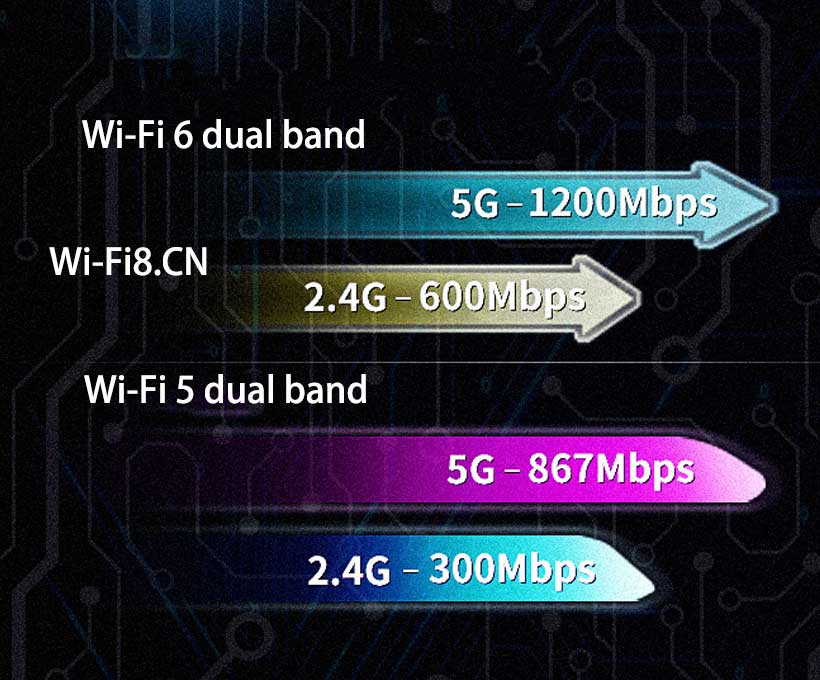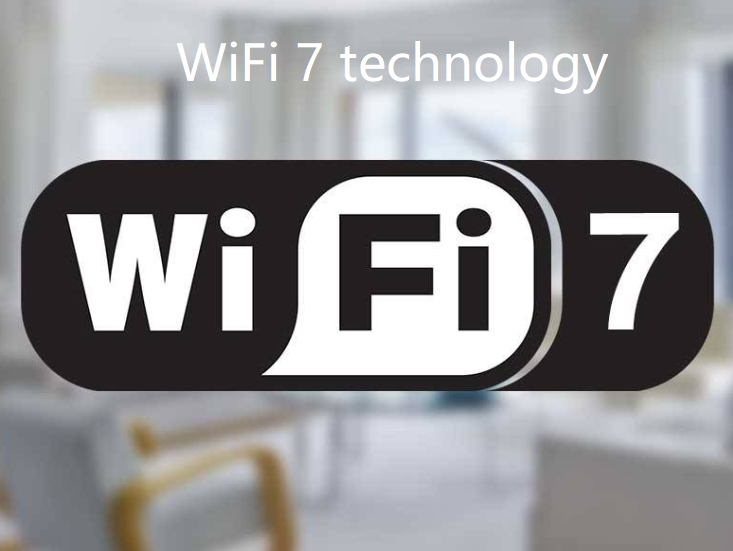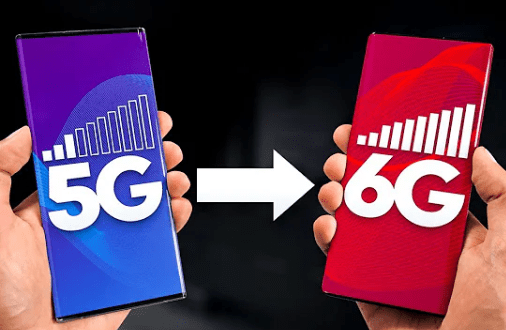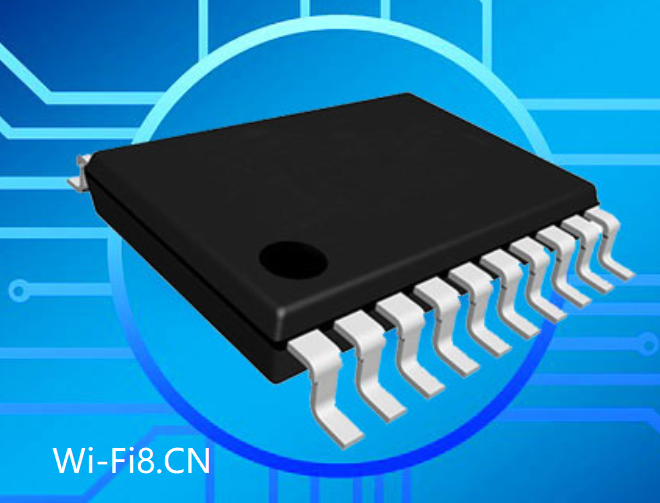Behind WiFi 7 is a technological dark war between China and the United States
WiFi 7: The technical dark war between China and the United States. In the last two years, the WIFI 6 concept in the router market can be said to be an important selling point.
The so-called Wi-Fi 6 is essentially 802.11AX, and 802.11AX is the new generation of Wi-Fi standards. On October 4, 2018, the WiFi Alliance announced that it was renaming 802.11AX to WiFi 6.
PCIE Wi-Fi 6 Dual Band vs Wi-Fi 5 Dual Band
The fundamental reason why WiFi Alliance changed its name is for marketing. In the past, the names of various technical standards were longer than one, and after changing to short names, consumers could identify the technical standards of routers at a glance, of course, router manufacturers are easier to promote the selling points of their products.
After the 802.11AX name was changed, the names of previous generations of WiFi also changed: 802.11ac became WiFi 5; 802.11n became WiFi 4.
WiFi 6 Compared with the previous generation of technical standard WiFi 5, the most outstanding thing is the significant increase in speed. WiFi 6 uses 5G-homologous OFDMA technology, combined with 1024-QAM high-order modulation, and can support up to 160MHz bandwidth, which is nearly 3 times faster than WiFi5.
The theoretical transmission rate of the latest generation of WiFi 6 can reach up to 9.6Gbps, in other words, the upstream and downstream network speed reaches a transmission speed of 1.2GB/s, while the transmission rate of WiFi 5 is only 3.5Gbps, the theoretical speed is 866MB/s, and the theoretical speed of WiFi 4 is only 150Mb/s.
However, this speed is only the theoretical maximum value in the laboratory, in our real use, affected by obstacles at home, radiation range, other signal interference in the space and other factors, it is difficult to achieve such a fast speed, but it is certainly stronger than WiFi 5.
In addition to being faster, WiFi 6 can support concurrent access from more devices with lower latency and power consumption.
WiFi 6 isn’t flawless, though.
WIFI6 vs WiFi6E vs WiFi7
China Mobile’s test report shows that the current mainstream WIFi6 routers generally perform well in throughput and anti-interference, but their performance in OFDMA transmission delay and MU-MIMO transmission performance is not satisfactory.
In other words, the mainstream WiFi 6 routers have made great progress in anti-interference and anti-attenuation, but their ability to delay and penetrate walls is still insufficient.
This is also why in the past two years, various router manufacturers have mainly promoted various MESH networking functions, because the wall penetration ability of WiFi 6 routers is really bad.
However, in order to solve several problems left over from WiFi 6, the WiFi Alliance recently put the launch of WiFi 7 products on the agenda.
At present, Broadcom, Qualcomm, MTK and other manufacturers have successively announced the launch of WiFi7 solutions.
The biggest technical highlight of WiFi 7 is the support for 320MHz channels, which have never been used by previous home routers.
Theoretically, a 320MHz channel allows devices to enjoy higher throughput per device. WiFi6 can achieve a maximum of 160MHz, and WiFi7 is directly doubled, so that the digital devices connected can have greater wireless throughput.
WiFi 7: The technical dark war between China and the United States
More fiercely, WiFi 7 allows the use of 1GHz to 7.2GHz spectrum resources, and focuses on compatibility with the 2.4GHz and 5GHz bands of the previous WiFi standard, achieving greater theoretical bandwidth through a large spectrum surface.
You know, 1GHz is currently the most penetrating spectrum, if it can really be on, then the WiFi 7 router’s ability to penetrate the wall may reach an unprecedented level.
However, although WiFi 7 is good, it is still unknown whether it can be implemented in China.
The biggest problem is the 320MHz bandwidth used by WiFi 7.
320MHz is based on the use of the 6GHz or even 7.2GHz band. But all channels used by 6GHz have been classified as mobile 5G in China.
There may be a small partner to ask, why do North and South America and Japan and South Korea have reserved the 6GHz band for WiFi, and it has become all for 5G on our side?
Here, it involves last year’s GSMA (Global System for Mobile Communications Association) vs. WiFi Alliance.
In May of the previous year, the GSMA had joined hands with Huawei, ZTE, Nokia and other enterprises to call on governments to use 6GHz as a 5G authorized spectrum resource, otherwise it is not conducive to the common development of global 5G.
The Wi-Fi Alliance said that Wi-Fi is of great significance to homes and businesses, especially during the new crown epidemic, Wi-Fi has taken on the main data business.
WIFI4 VS WiFi5 vs WiFi6 vs WiFi6E vs WiFi7
Currently, the 2.4GHz and 5GHz Wi-Fi bands, which can only provide a few hundred MHz, have become very crowded, affecting the user experience. Wi-Fi requires more spectrum to support increasing demand.
As an extension of the current 5GHz band, 6GHz is crucial for the Wi-Fi Alliance, as long as it can win the 6GHz band, the performance of each router will inevitably go to a higher level.
However, here it involves the battle of the technical route of the 5G market – millimeter wave (24.25GHz to 52.6GHz) and sub-6GHz (450MHz to 6GHz).
Many friends may know that only the 5G baseband on the US version of the iPhone supports millimeter wave 5G technology. There will be an extra gray strip on the side of the fuselage.
As the first country in the world to invest in the research and development of 5G technology, communication companies are constrained by the US military (the US military has used sub-6GHz channels for many years), and they are forced to focus all their skills on millimeter wave technology.
Huawei, ZTE, Nokia and other old communication technology manufacturers, the main focus is on traditional sub-6GHz technology.
Millimeter wave wavelengths are extremely short, and according to junior high school physics, the shorter the wavelength, the worse the penetration.
Compared with sub-6GHz, millimeter wave has the advantages of faster propagation speed and lower latency. But also because of the short wavelength, the anti-interference ability of millimeter waves is too poor, and an A4 piece of paper can block millimeter wave signals.
Google did an experiment. That is, in the same range and the same number of base stations, a test has been carried out on the coverage capability of millimeter wave and sub-6GHz. WIFI2.4G VS 5G VS 6G
WIFI2.4G VS 5G VS 6G
As a result, 5G networks operating on sub-6GHz have more than five times the coverage of 5G networks operating with mmWave solutions.
Of course, although millimeter wave is poor in anti-interference ability, the transmission speed is indeed faster.
Huawei itself also has millimeter wave technology, they have tested with Baron 5000 baseband chip, below sub-6GHz, the download rate is 4.6Gbps, the upstream rate is 2.5Gbps, but under millimeter wave, the download rate can reach 6.5Gbps, and the upstream rate also reaches 3.5Gbps.
In the battle between millimeter wave and sub-6GHz, millimeter wave is not welcomed by most countries because of its anti-jamming ability, and only the United States, Japan and South Korea have implemented large-scale millimeter wave 5G base station construction, and most of the other countries are still sub-6GHz lines.
In countries with a high degree of urbanization and a small land such as Japan and South Korea, millimeter wave is a good solution, with a large population density, as long as the crazy base station can cover the vast majority of the population; But for a country as vast as the United States, the pitiful coverage of millimeter wave is completely inadequate, so much so that American telecom operators have begun to buy part of the 6Ghz spectrum idle by the military and prepare to apply sub-6GHz technology.
In the 6GHz battle between the GSMA and the Wi-Fi alliance, the US government has its own small nine-nine: American communication companies have all in millimeter waves, and in terms of 5G’s sub-6GHz technology, American companies cannot fight Huawei ZTE.
Therefore, if 6GHz is given to GSMA, it will only achieve Huawei ZTE, and US 5G communication companies using millimeter wave technology will be further pressured and may not be able to defeat Chinese companies in other countries’ communication base station markets.
Therefore, in April 2020, the Federal Communications Commission (FCC) took the lead and officially authorized the release of some spectrum resources on the 6GHz band for WIFI.














Wi-Fi 6 router 802.11ax
Wi-Fi 6 (802.11ax) – What is it? Everything you need to know about the new Wi-Fi standard
In September 2019, the Wi-Fi Alliance officially launched the 802.11ax standard. Also known as Wi-Fi 6 (new name). And unsurprisingly, in 2020 manufacturers of various network equipment, mobile devices, and computer equipment began to aggressively introduce devices to the market that support the new Wi-Fi standard.
The 802.11ax standard has replaced the previous 802.11ac standard. It was developed to improve the performance of wireless connections and solve some of the problems related to the stability and congestion of Wi-Fi networks. The new Wi-Fi standard is an improved and refined version of the 802.11ac standard.
Qualcomm QCA6391. The Wi-Fi 6 network card launched by Qualcomm in early 2019 is mainly for industrial, Internet of Things and other users. Like the Intel AX200, it is a 2r2t configuration, and since it does not support 160Mhz, it has a speed of up to 1800Mbps. There is no choice of laptop manufacturers such as Dell and Lenovo, and the theoretical compatibility and stability are not as mature as the Intel AX200. At the end of September, there was a comparative evaluation on acwifi, the uplink was weaker than the Intel AX200, and the downlink was stronger than the Intel AX200, each with its own advantages and disadvantages.